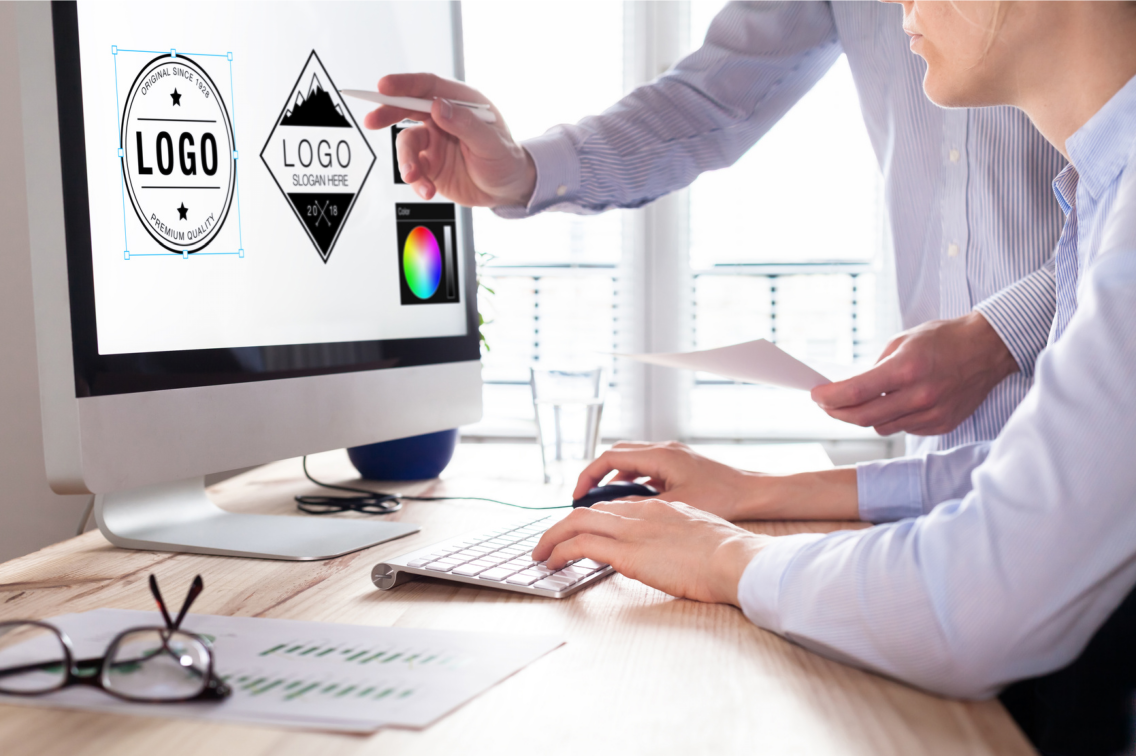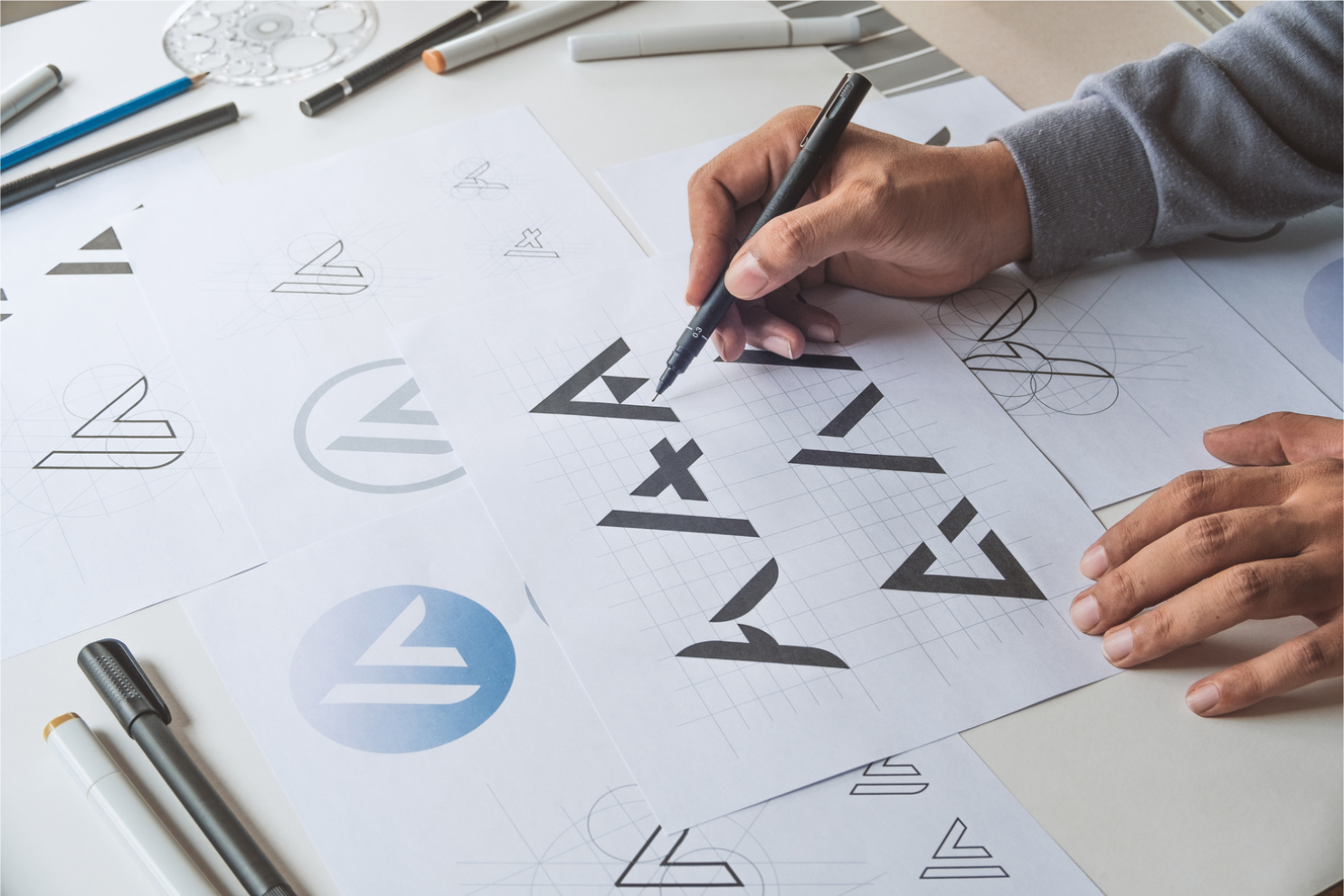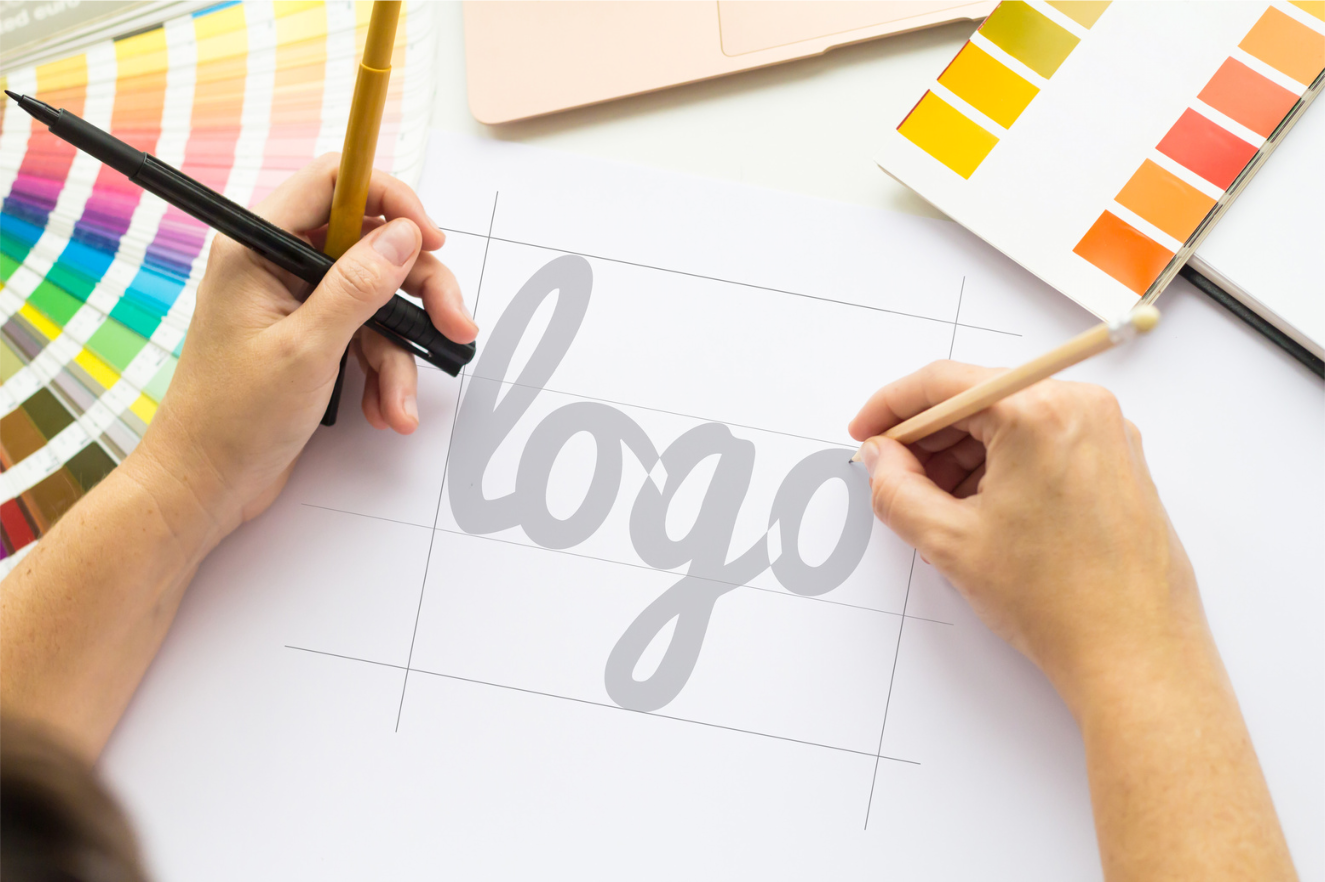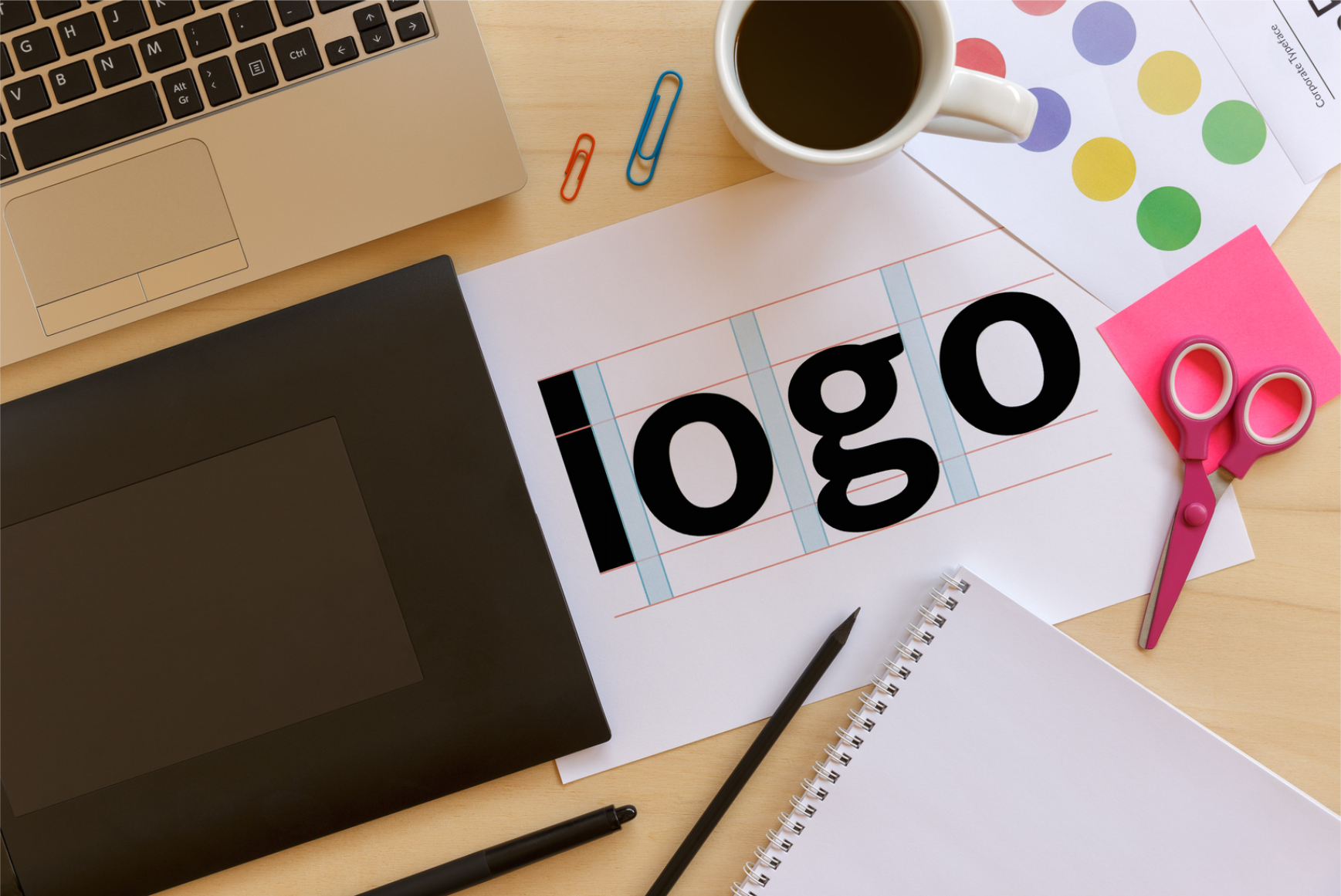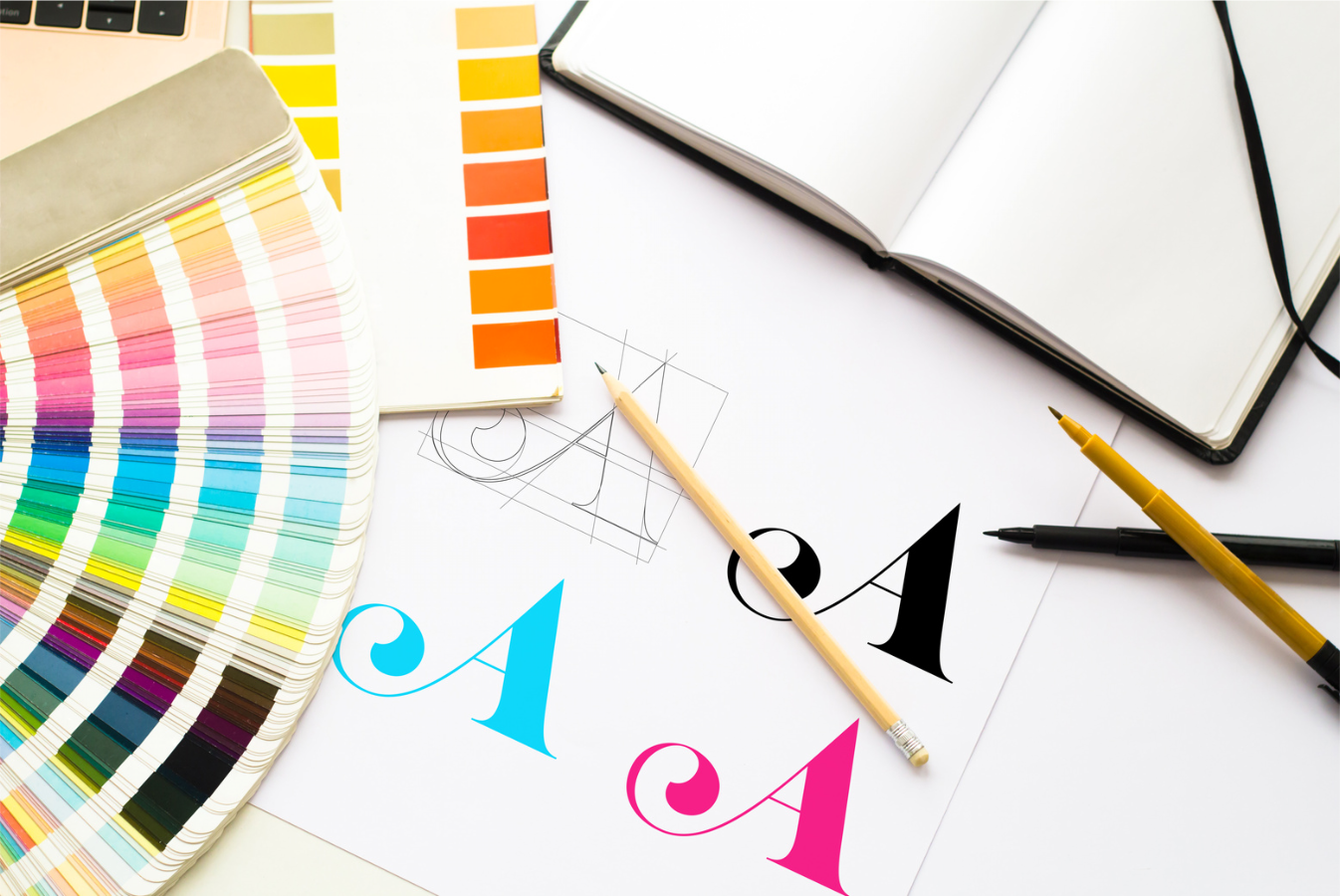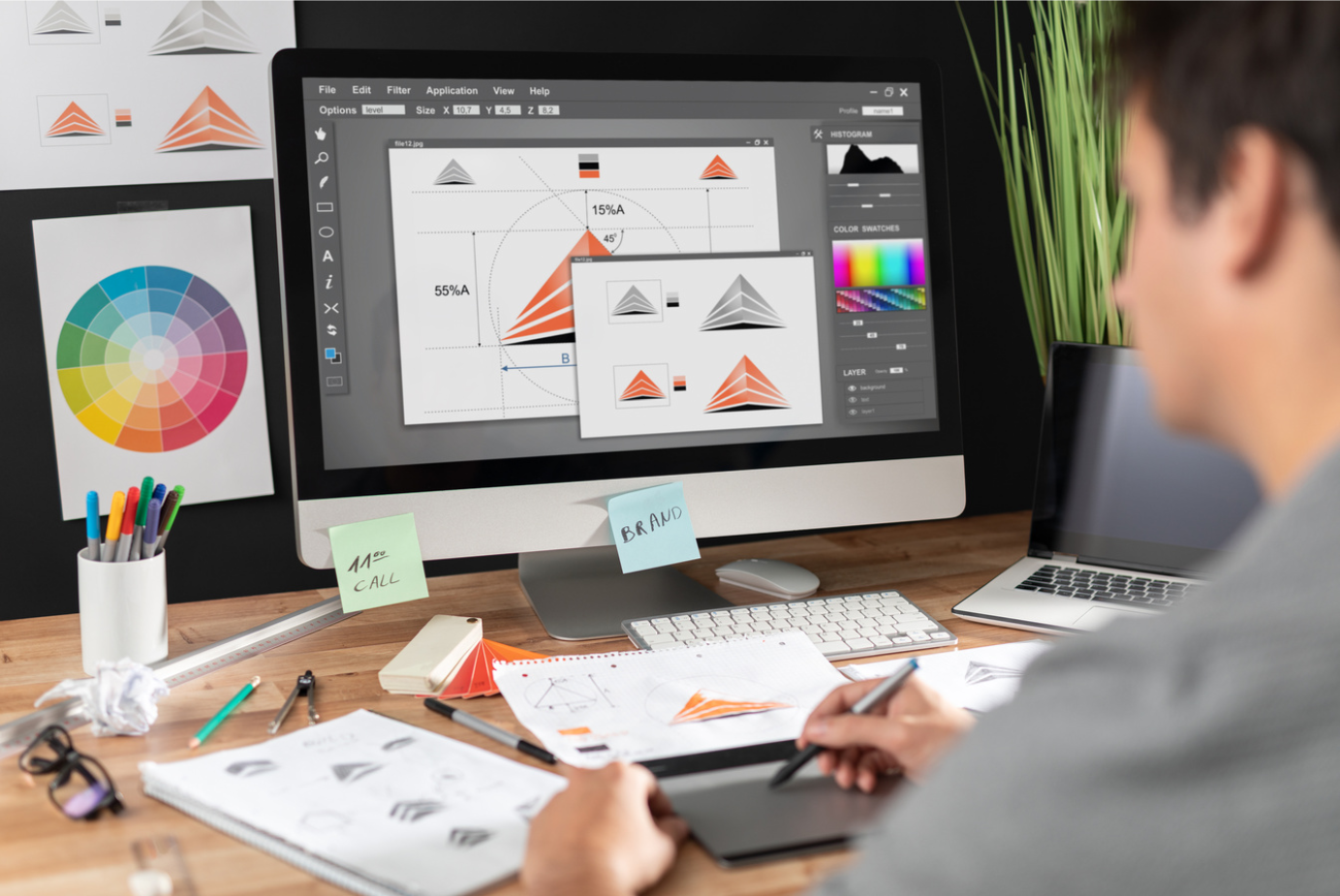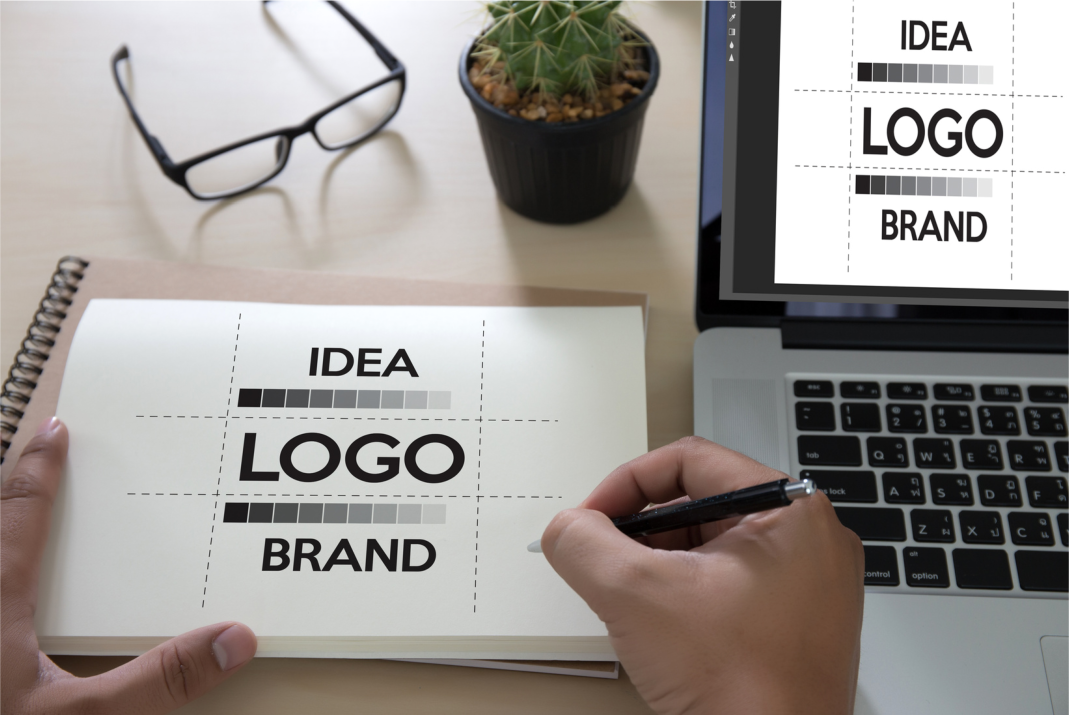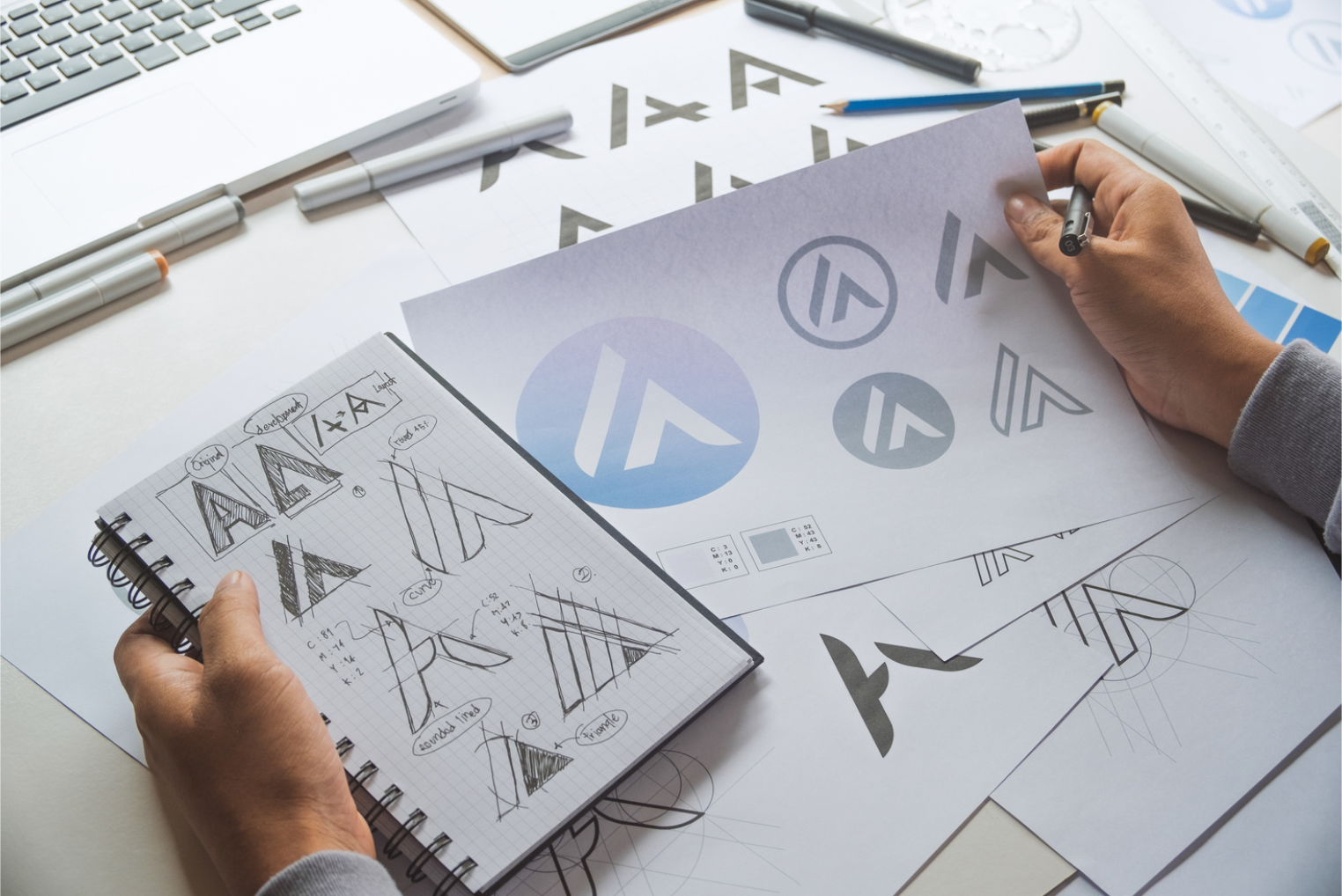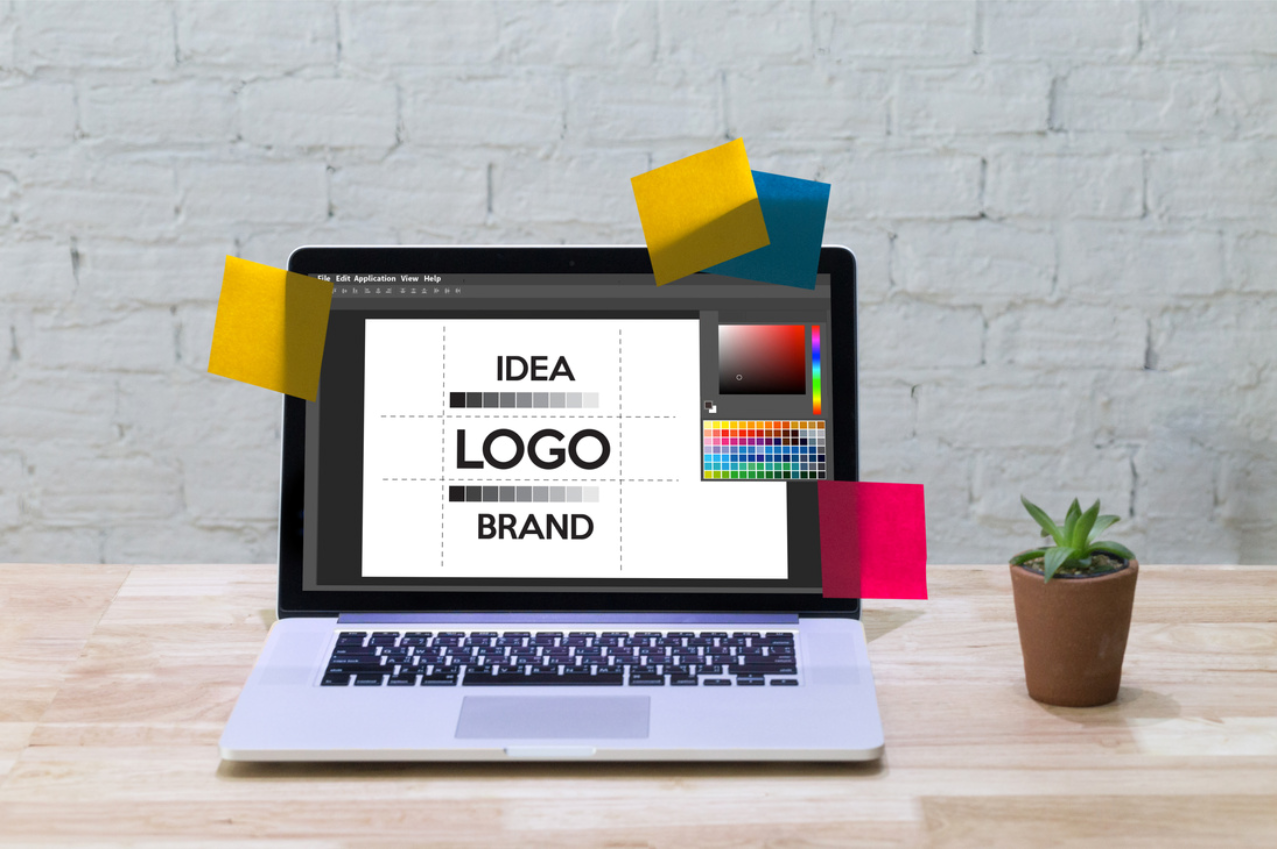Understand Your Brand Identity
Before diving into the logo design process, it’s essential to have a clear understanding of your brand identity. This involves defining your brand personality, identifying your target audience, and researching your competitors’ logos.
1. Define Your Brand Personality
Your brand personality is the set of human characteristics and traits that represent your brand’s essence. Start by asking yourself what emotions and feelings you want your brand to evoke in your customers. Are you aiming for a fun and playful image or a more serious and professional one? Understanding your brand personality will help you make design decisions that align with your overall brand message.
2. Identify Your Target Audience
Knowing your target audience is vital in designing a logo that appeals to the right people. Consider the demographics, preferences, and interests of your potential customers. Tailor your logo to resonate with this specific group, whether it’s a youthful and energetic logo for millennials or an elegant and sophisticated design for a luxury market.
3. Research Competitors’ Logos
Analyzing your competitors’ logos can provide valuable insights and help you differentiate your brand from the competition. Identify common elements, color schemes, and styles used in your industry. Your goal should be to create a unique logo that stands out and sets your business apart from others.
Design Principles for an Eye-Catching Logo
Now that you have a solid understanding of your brand identity, it’s time to explore the key design principles that will make your logo eye-catching and memorable.
1. Keep It Simple and Memorable
Simplicity is a fundamental principle in logo design. A simple logo is easier for people to remember and recognize. Avoid cluttering your design with unnecessary elements or intricate details. Focus on creating a clean and straightforward logo that conveys your message effectively.
2. Choose Appropriate Colors
Colors play a significant role in evoking emotions and associations. Select colors that align with your brand personality and appeal to your target audience. Consider the psychology of colors and their cultural significance to ensure your logo communicates the right message.
3. Pick the Right Typography
Typography can influence how your brand is perceived. Choose fonts that complement your brand personality and are easy to read. Avoid using too many different fonts; a maximum of two fonts in your logo is generally recommended for consistency and clarity.
4. Ensure Scalability and Versatility
A successful logo should look great across different platforms and sizes. Ensure your logo is scalable, so it remains clear and recognizable whether it’s displayed on a billboard or a tiny social media icon. Test your logo in various sizes and formats to guarantee its versatility.
DIY Logo Design or Hire a Professional?
Now that you have a clear vision for your logo, you must decide whether to design it yourself or hire a professional designer.
Designing your logo can be a cost-effective option, especially if you have design skills and software. However, it requires time, effort, and a good eye for design. DIY logos might lack the finesse and originality that a professional designer can bring to the table.
DIY logo design can be an attractive option for some businesses, especially those with a limited budget or design experience. However, there are both advantages and disadvantages to consider:
Pros of DIY Logo Design
- Cost Savings: One of the most significant advantages of DIY logo design is cost savings. Hiring a professional designer can be expensive, and DIY allows you to allocate your budget to other essential aspects of your business.
- Creative Control: When you design your logo, you have complete creative control. You can experiment with different ideas, colors, and styles until you find a design that perfectly represents your brand vision.
- Learning Experience: Taking on the challenge of creating your logo can be a valuable learning experience. You can develop basic design skills and gain insights into the logo design process, which may be beneficial for future branding efforts.
- Quick Iterations: As the sole designer, you can quickly iterate and make changes to your logo without having to wait for feedback from others. This flexibility allows you to fine-tune the design until you are satisfied.
Cons of DIY Logo Design
- Lack of Professionalism: DIY logos may lack the finesse and expertise that professional designers bring to the table. A poorly designed logo can make your business appear unprofessional, potentially impacting brand credibility.
- Time-Consuming: Designing a logo from scratch can be time-consuming, especially if you are not familiar with design software or principles. This time investment could be better spent on other business activities.
- Limited Expertise: Professional designers have the experience and knowledge to create logos that align with design principles and industry standards. DIY designers may not have the same level of expertise, leading to subpar results.
- Limited Resources: DIY logo design often relies on free or low-cost design tools and resources, which may limit your creative options and result in a less unique or original logo.
- Emotional Attachment: As the creator of the logo, you may become emotionally attached to your design, making it challenging to objectively evaluate its effectiveness or make necessary changes.
Benefits of Hiring a Professional Designer
Hiring a professional designer ensures a high-quality, customized logo tailored to your brand. Designers have the expertise and creative flair to capture your brand’s essence and deliver a visually appealing logo. Consider your budget and the importance of a unique logo when making this decision.
Tools and Resources for Logo Design
Whether you choose DIY or a professional designer, knowing the tools and resources available for logo design can be helpful.
1. Logo Design Software
Popular graphic design software like Adobe Illustrator and CorelDRAW offer powerful tools for creating professional logos. These programs allow for precise control and customization, making them a top choice for professional designers.
2. Online Logo Makers
For those on a budget or looking for a quick solution, online logo makers offer pre-designed templates that can be customized to fit your brand. However, be cautious of using generic templates that may not be as unique as a custom-designed logo. Check out our recommended font logo maker to effortlessly craft your brand identity.
3. Stock Images and Icons
Stock images and icons can be useful for inspiration or as elements to incorporate into your logo. If using stock resources, ensure they are licensed for commercial use and that you modify them to add a personal touch to your logo.
Step-by-Step Guide to Creating Your Logo
If you’ve decided to design your logo yourself, follow this step-by-step guide to streamline the process:
1. Sketching Your Ideas
Begin by sketching rough ideas on paper. Brainstorm various concepts that represent your brand identity and explore different visual approaches.
2. Digitizing Your Sketches
Once you have a few promising sketches, digitize them using your chosen design software. Refine and iterate on the digital versions to find the most promising direction.
3. Choosing the Right Elements
Combine typography, icons, and other design elements to create a cohesive logo. Ensure the elements work together harmoniously and align with your brand personality.
4. Testing Your Logo
Gather feedback from friends, family, or potential customers to gauge their reactions to your logo. Use this feedback to make any necessary adjustments and fine-tune your design.
Protecting Your Logo: Trademarks and Copyrights
After investing time and effort into creating your logo, it’s crucial to protect it from unauthorized use.
1. Understanding Trademarks
A trademark protects your logo from being used by others for similar products or services. Conduct a trademark search to ensure your chosen logo doesn’t infringe on existing trademarks.
2. Registering Your Logo
Consider registering your logo as a trademark with the appropriate government agency to gain legal protection and exclusive rights to its use.
3. Copyright Considerations
Copyright protection automatically applies to your logo as soon as it’s created. However, registering your logo with the copyright office provides additional legal benefits.
Conclusion
Designing a remarkable logo is not just about aesthetics; it’s about capturing the essence of your brand and making a memorable impact on your audience. By incorporating your brand personality, considering your target audience, and conducting thorough research, you can create a logo that speaks volumes about your business. Remember the core design principles of simplicity, appropriate colors, and typography to ensure your logo remains timeless and versatile across different platforms. Whether you’re a seasoned designer or a business owner exploring the world of DIY, the key is to invest time and effort in creating a logo that aligns with your brand vision.
If you’re looking for digital solutions tailored to your specific needs, we invite you to check out the products and services offered by Ubique Digital Solutions. Our team of professionals can help bring your brand identity to life with eye-catching and innovative logo designs and creatives. Contact us today!
FAQs
Q: Is it essential to have a logo for my business?
Having a logo is crucial for establishing your brand identity and building brand recognition. A well-designed logo helps customers remember and recognize your business, giving it a professional and trustworthy image.
Q: How much should I budget for a professional logo design?
The cost of a professional logo design can vary depending on the designer’s experience and the complexity of the project. Prices may range from a few hundred to a few thousand dollars. Consider the importance of a unique and high-quality logo when determining your budget.
Q: Can I use stock images in my logo?
While stock images and icons can be a source of inspiration, using them as-is in your logo is not recommended. To create a unique logo, modify and customize stock resources to fit your brand and ensure they are licensed for commercial use.
Q: What file formats should I have for my logo?
For versatility and usability, have your logo available in vector formats (e.g., AI, EPS, SVG) for scalability, as well as raster formats (e.g., PNG, JPG) for web and digital use. Also, consider providing a high-resolution version for print materials.
Q: How long does it typically take to create a logo?
The time required to create a logo can vary depending on the complexity of the design, the number of revisions, and the designer’s workload. On average, the process can take anywhere from a few days to several weeks. Be patient and prioritize quality over speed.

